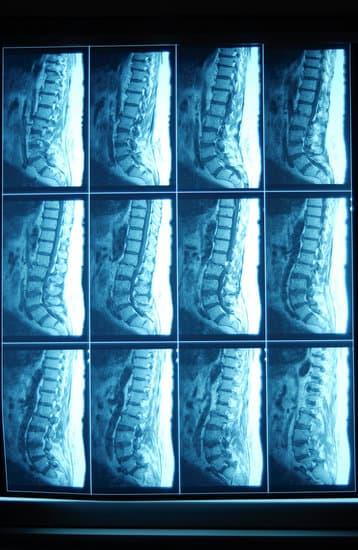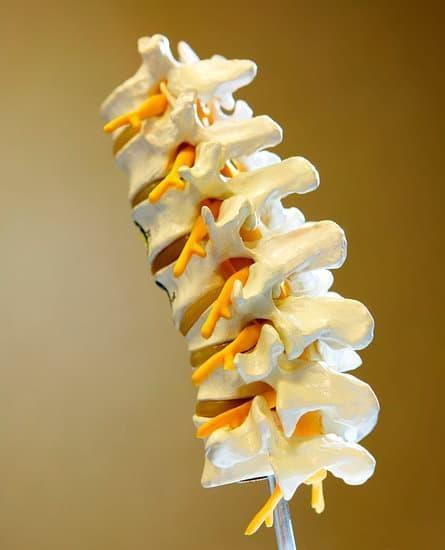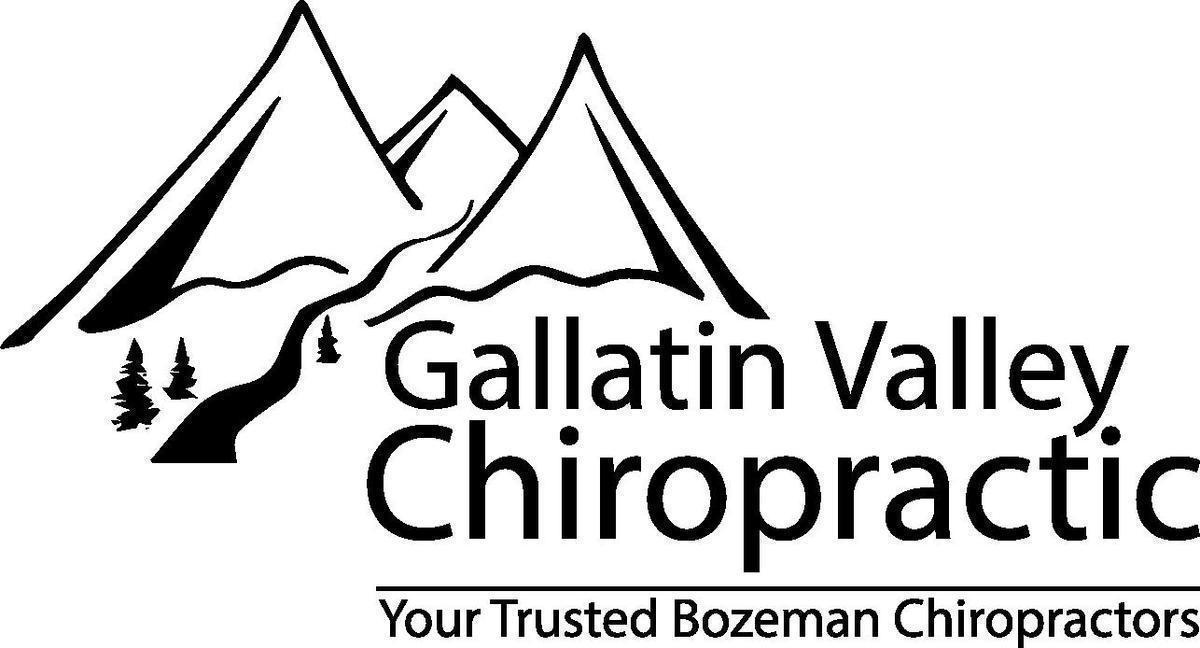Will an inversion table help my sciatica?
posted: Feb. 21, 2024.

Can inversion tables help with my back pain and sciatica?
Sciatica is defined as compression and irritation of the sciatic nerve causing extending nerve pain, often times down the back of the leg. It can be very debilitating, painful and persistent if left untreated. The sciatic nerve can be compressed a number of different ways and different entrapment areas. A question we as chiropractors often get is if patients should use an inversion table to alleviate their symptoms of back pain and sciatica?
Before advising the use of an inversion table, having a health care professional properly diagnose where the sciatic nerve is getting compressed is vital! The sciatic nerve pain, or "sciatica", can be due to a number of different entrapment sites and conditions such as
- Disc bulges and herniations
- Spinal canal stenosis
- Degenerative Disc Disease
- Spine tumors
- Spondylolisthesis
- Piriformis syndrome/ myofascial compression, and the list goes on.
This blog will go over the conditions to consider, as well as individuals who are most likely to benefit from the use of an inversion table or who might not do well with inversion therapy.
Consult with a Healthcare Professional:
Again, determining where the sciatic nerve is compressed should be the first step. Potential compression sites include the lumbar vertebrae from spinal issues such as stenosis, disc injuries, degeneration, tumors, listhesis and multiple muscular entrapments. The sciatic nerve can become compressed as it passes through and under the myofascial tissues, such as the piriformis, gluteus medius, and the upper hamstrings. Your health care professional will determine this by performing orthopedic and neurologic tests as well as examining reflexes, sensation, and doing muscle testing to determine the integrity of the nerves.
Disc Bulges and Herniations:
There are multiple types of disc injuries in the spine, such as disc bulges, disc herniations, disc protrusions, sequestered fragments, etc. Using inversion tables for disc injuries may help alleviate sciatica due to the decompression the inversion table offers on the spine, relieving pressure on the nerves. Inversion therapy can also cause a flare ups to the disc and spine making moving extremely painful. It is worth while to note that having someone to assist and spot you while using the inversion table is very important to avoid further injury.

Potential Benefits:
Inversion therapy is a great way to decompress the spine, which can cause the re-hydrating the discs. As discussed earlier, the decompression can also alleviate pressure on the surrounding nerves and decrease radiating nerve pain. The myofascial tissues will benefit as well as the decompression will stretch the tissues that feel more hypertonic and painful. Decompression can also improve joint motion improving overall mobility.
Individual Response:
Responses to inversion therapy can vary. While some individuals may experience relief, others may find it uncomfortable, ineffective, and at times even excruciating. It's essential to start with mild angles and gradually increase inversion to gauge your body's response. It is important to have someone nearby to spot you in case of an adverse response.

Safety Considerations:
Inversion therapy may not be suitable for everyone, especially those with certain health conditions like high blood pressure, heart problems, or eye issues. Always follow the safety guidelines provided with the inversion table and consult with your healthcare provider if you have any concerns.
Alternative Treatments: In addition to or instead of inversion therapy, your healthcare provider might recommend other treatments for sciatica, such as chiropractic care, physical therapy, specific exercises or referral to a specialist.

To schedule call us at 406-551-2177 or go online to gallatinvalleychiropractic.com